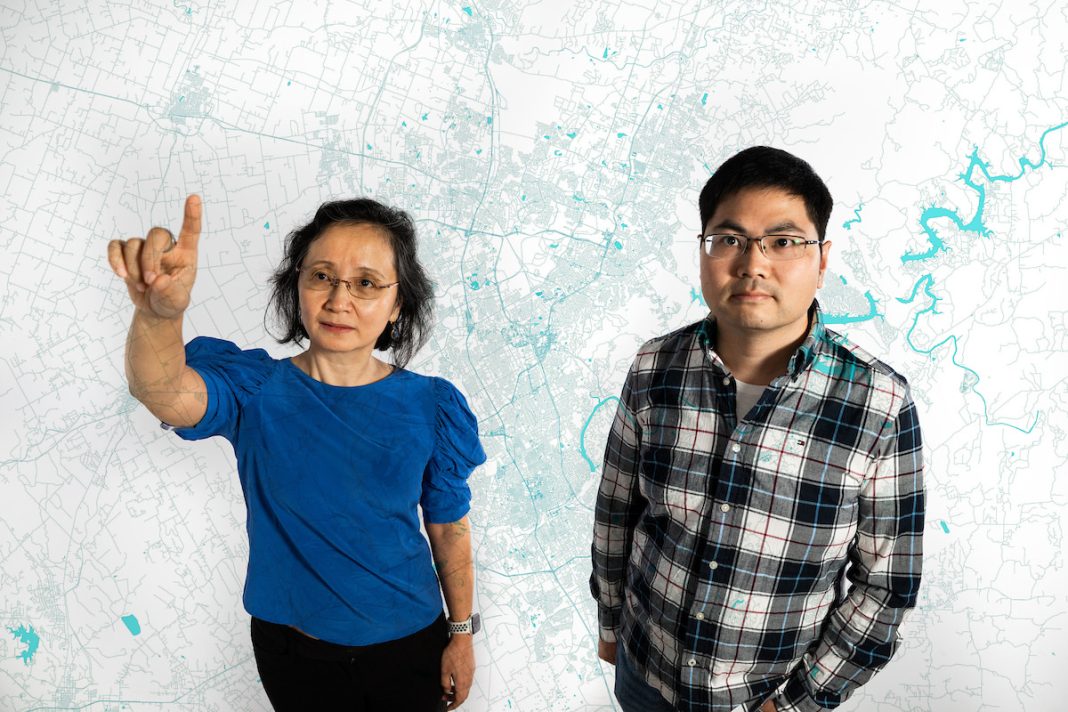The University of North Texas is working on a new artificial intelligence system designed to enhance safety on Texas highways by speeding up the detection and removal of road debris. This initiative comes in response to the projected population growth in North Texas, which could exceed 12 million residents over the next 25 years, necessitating more efficient traffic management.
Debris on highways, ranging from large furniture to misplaced trash bags, often leads to hazardous conditions for drivers. Currently, the Texas Department of Transportation (TxDOT) relies on reports to manage over 3,200 miles of interstate highways. Regents Professor Yan Huang and Assistant Professor Heng Fan from UNT’s College of Engineering are embarking on this project to address slow debris detection.
“The biggest obstacle to timely removal is quick detection,” noted Huang. Their collaboration focuses on creating AI tools that analyze information from three main data sources: WAZE, electric vehicle dash cameras, and TxDOT’s closed-circuit television (CCTV) cameras. This combination aims to increase the speed of debris detection and improve TxDOT’s response times.
Initially, the project will involve developing a prototype algorithm capable of detecting and categorizing debris in real time. The researchers plan to test the system across three districts, which have yet to be selected. The goal is to enable quicker road-clearing actions by efficiently identifying debris types, whether the obstruction is small, large, or even an animal.
This two-year project is a collaboration with TxDOT and the Texas A&M Transportation Institute (TTI), with plans for further innovation in applying AI to transportation. “There’s a lot of innovation that can be done after this,” Huang stated, highlighting the potential continuing advancements in AI and transportation safety.

